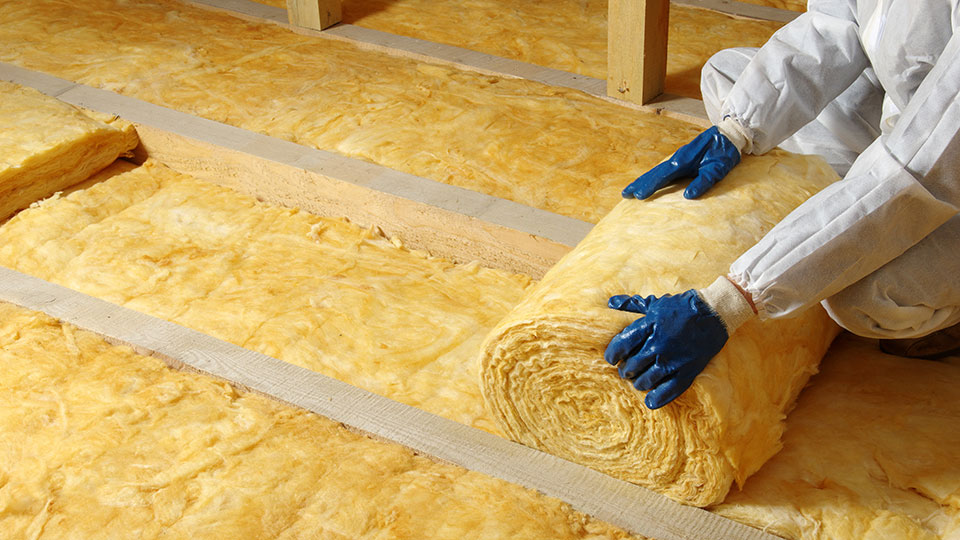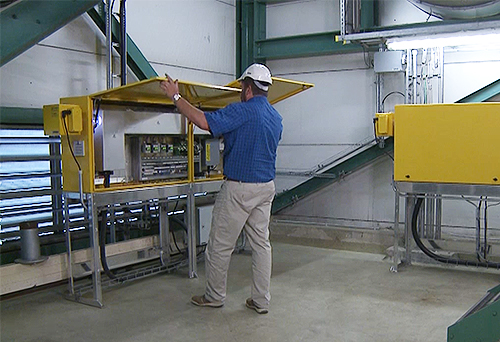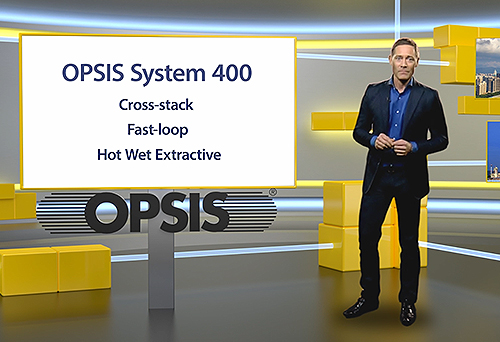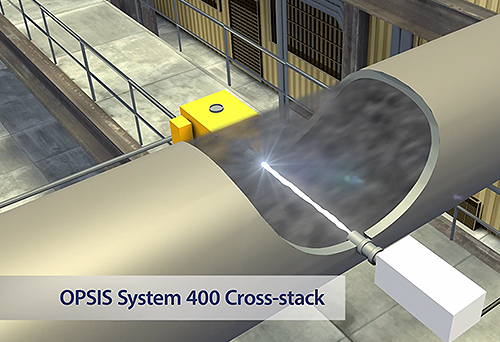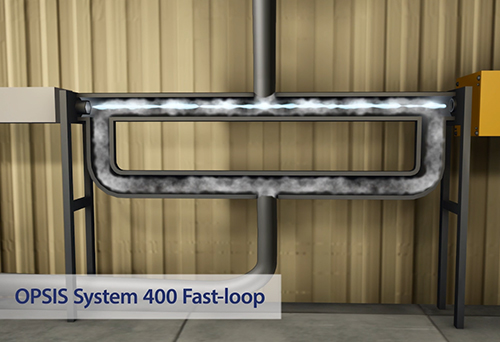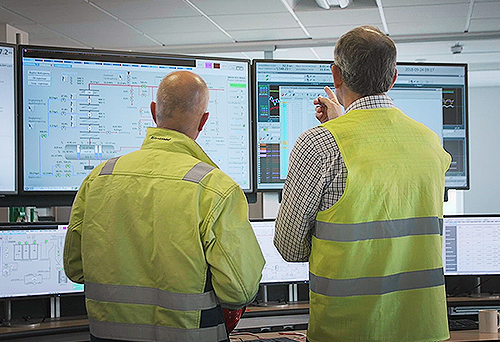Emissions monitoring in mineral wool production – a challenge
The presence of phenol and formaldehyde can make it particularly difficult to monitor emissions at a mineral wool manufacturing plant. Traditional extractive monitoring systems can require a lot of maintenance and are still vulnerable due to the particular gas mixture. However, the non-contact OPSIS emissions monitoring system solves the problems in an elegant and cost-effective way.
MULTIPLE APPLICATION AREAS
The OPSIS monitoring systems can be used both to control flue gas treatment and to monitor emissions. By monitoring the gas concentrations before a scrubber or a DeNOx treatment step, reliable signals are obtained to control the flue gas treatment in an environmentally-friendly and economical way. Monitoring after the treatment steps provides confirmation that the flue gas treatment works and is also used to monitor residual emissions to air for reporting to the relevant authorities.

ACCURATE MONITORING SYSTEMS WITH LONG MAINTENANCE INTERVALS
The OPSIS monitoring systems are based on gas analysers that have short response times, are accurate, and require minimal maintenance. The monitoring takes place contact-free along light beams where gas molecules can absorb parts of the light. When monitoring emissions, light beams are sent through the flue gas ducts, or some of the flue gases are led into measurement cells through which the light is sent. The light is captured and led via optical fibres to the analyser which measures the absorption and calculates the gas concentrations.
A single analyser can measure several gases along several light paths. This gives a very cost-effective monitoring system. The concentrations of all relevant types of gases can be monitored, for example phenol, formaldehyde, NOX, CO, CO2, and NH3.

GAS ANALYSIS WITH OPSIS
There are multiple reasons for choosing OPSIS as supplier of systems for gas analysis. Among the key benefits of the methods and solutions offered by OPSIS are:
- one system for all components
- a single system can measure at several monitoring points
- combines the benefits of the UV-DOAS, FTIR-DOAS, and TDL techniques
- best performance according to QAL1 certification
- longest calibration interval according to QAL1 certification
- optional automatic QAL3 control
- non-contact monitoring, no sampling
- long maintenance interval
- low energy consumption
- gas calibration only once a year
- thousands of systems installed worldwide
- certified by, among others, German TÜV and under British MCERTS standards.
